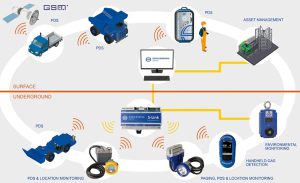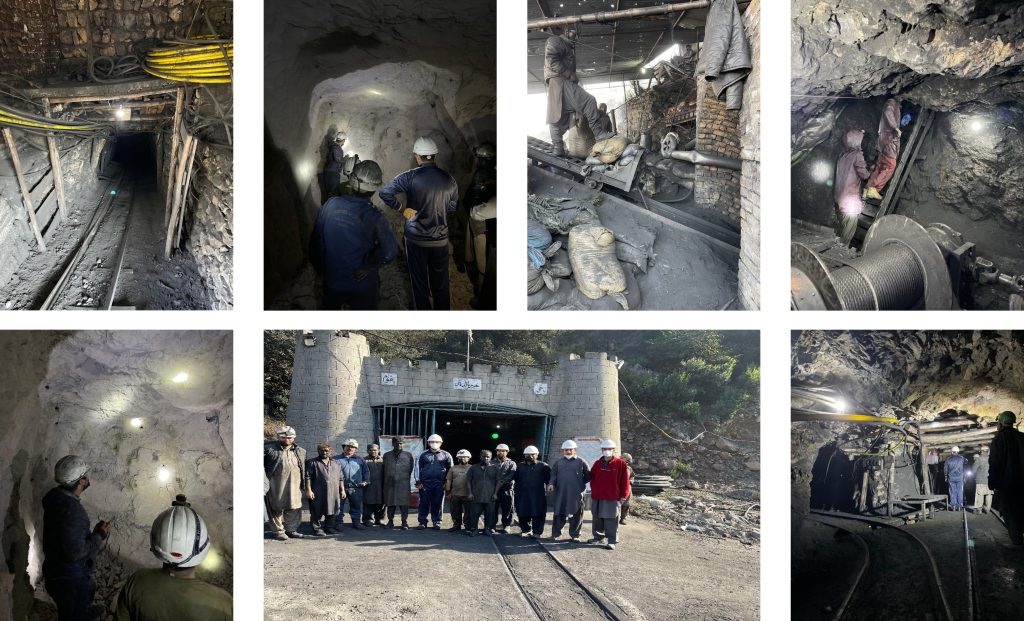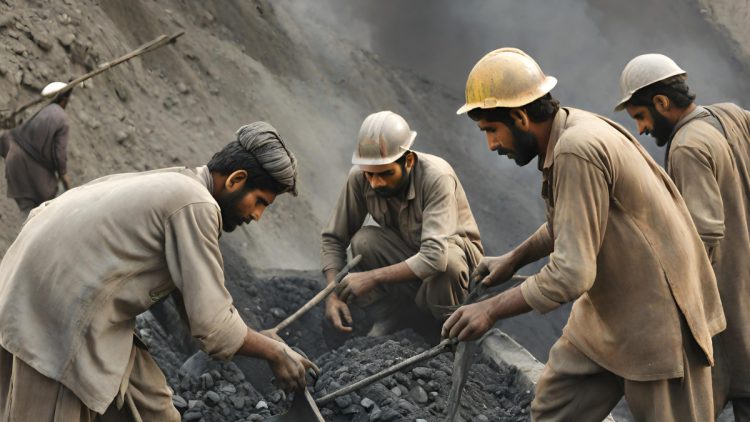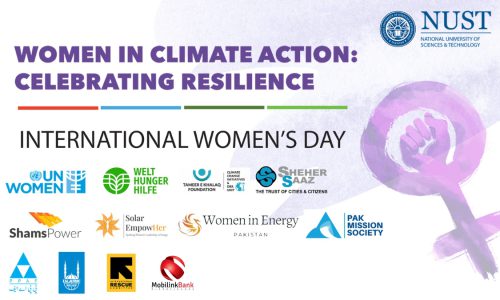Pakistan showcases a diverse array of substantial mineral resources, positioning the mining industry as a pivotal catalyst in the economic advancement of the country. Despite its promising potential, the mining sector grapples with formidable challenges, notably in the realm of safety. Mining, by its nature, is fraught with hazards encompassing risks such as injuries from fires, flooding, collapse, machinery, and vehicles. Additionally, there is the ever-present threat of exposure to harmful substances like dust and chemicals, coupled with concerns related to poor ventilation, insufficient space, and overexertion. The mines of Pakistan are some of the most dangerous workplaces in the world as frequent accidents kill large numbers of workers. Between 100 and 200 miners die in accidents annually as opposed to very low fatality rates (Figure 1) of advanced mining industries for much higher production (Annual Mineral Production; Pakistan = 68.5 Million Tons, US= 2.2 Billion Tons).
![Figure 1: Number of Causalities and Major Causes (2015-2019) US Coal Mines (Annual) [1]](https://researchblog.nust.edu.pk/wp-content/uploads/2024/04/Figure-1-3-1024x756.jpg)
However, the acceptance of any fatality, serious injury, or life-threatening occupational disease is deemed unwarranted. Every miner inherently possesses the fundamental right to return home unharmed each day, devoid of any adverse effects on their health. While the global mining industry passionately pursues the ambitious goal of “ZERO HARM” – achieved through the strategic utilization of technology to augment risk perception, facilitate timely communication, and establish a safe distance between mine workers and daily risks – the miners of Pakistan go underground with the fear of being buried alive “In space, no one can hear them scream”. And the mineral departments grapple with the persistent challenge of just instituting effective enforcement mechanisms for its regulations.

The province of Khyber Pakhtunkhwa is presently striving to usher in substantial improvements within its mining sector, aspiring to meet, if not surpass, the minimum health and safety standards. The commitment to enhancing safety practices stands as a paramount priority. Nevertheless, the journey towards robust enforcement and compliance remains a dynamic work in progress.
Recognizing the critical significance of fostering a secure mining environment, the Minerals Development Department of Khyber Pakhtunkhwa has collaborated with SAGE, MCE (The research group of Dr Tariq Feroze and Dr Naseer Muhammad Khan) for a prompt, comprehensive, and transparent mine safety survey. This proactive initiative aims not only to scrutinize existing practices but also to expeditiously assess the overall safety landscape. The overarching objective is to guide the department in formulating a strategic path forward, ultimately aligning with and surpassing global safety standards.
The research group is diligently executing an exhaustive survey aimed at evaluating multifarious safety domains and facets intrinsic to mining operations. These encompass the technical domain, delving into the intricacies of equipment and processes, alongside a meticulous examination of ergonomics to ascertain and guarantee optimal working conditions. Furthermore, the survey extends its purview to scrutinize the safety culture permeating the mines, elucidating the attitudes and practices germane to safety protocols. The methodology adopted employs a discerning score-based approach to systematically conduct the survey across the diverse domains elucidated in Figure 3.

The survey is not merely a procedural task but a conscientious endeavor aimed at catalyzing transformative change. The first crucial step in this journey involves meticulously identifying potential fault lines within the existing safety framework. By scrutinizing every facet of mining operations, from the technical aspects to the safety culture prevailing within the mines, the aim is to uncover vulnerabilities that pose risks to the lives of miners and the well-being of the surrounding communities.
Recognizing that the lives of miners hang in the balance, our mission is to not only highlight these fault lines but, more importantly, to serve as a catalyst for positive change. The safety survey is a gateway to rectifying these faults, providing a roadmap to usher in innovative solutions that will redefine the industrial infrastructure. By leveraging technology, fostering a culture of compliance, and implementing state-of-the-art safety measures, we aspire to revolutionize the mining landscape. This paradigm shift is not only about ensuring the economic efficiency of mining operations but, more significantly, about safeguarding the lives of the miners and the communities that depend on these industries for their livelihoods.
The correlation between improved safety standards and enhanced overall production is undeniable. As we strengthen the foundation of safety in mining practices, we are laying the groundwork for an uplifted economy and, more importantly, for improved human lives. A safer mining environment transcends the boundaries of industrial progress; it becomes the bedrock upon which communities thrive, and individuals return home unharmed each day. This safety initiative, driven by the conviction that every life is invaluable, is not just about safeguarding the present but creating a legacy of prosperity and well-being for generations to come. The safety survey marks the commencement of a journey toward a future where the synergy between safety, innovation, and economic progress harmoniously transforms lives and uplifts communities.

References
- Ansbro, B. The 5 Most Common Mining Fatalities – Probably Not What You’d Think. 2022.
The author is Associate Professor, Head of Department of Sustainable Advanced Geomechanical Engineering Department at Military College of Engineering (NUST). He can be reached at [email protected]
Research Profile: https://bit.ly/3TBdaWf

![]()






